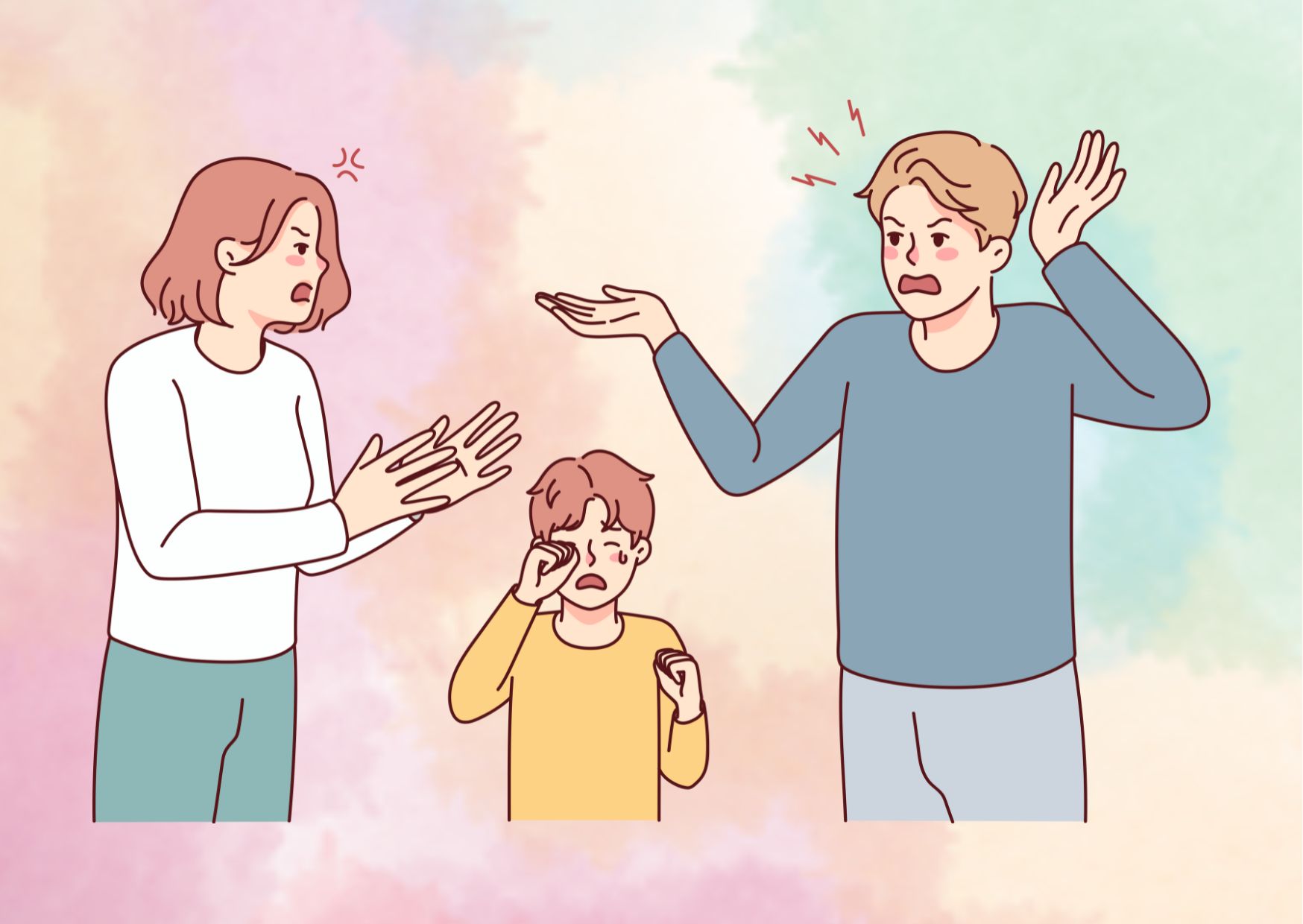10 Signs of Toxic Family Dynamics
Family relationships are often complex, but when they become toxic, they can have a profound impact on an individual’s well-being. Toxic family dynamics can manifest in various forms, from subtle manipulation to overt abuse, leaving lasting emotional scars. Recognizing the signs of a toxic family environment is crucial to protect one’s mental health and foster healthier relationships.
This article delves into the key indicators of toxic family dynamics and provides practical strategies to handle them. It explores the different types of toxic family members, the importance of setting boundaries, and ways to heal from harmful family interactions. Additionally, it discusses when cutting ties with toxic family members might be necessary for personal growth and well-being. By understanding these dynamics, individuals can take steps to improve their family relationships or make difficult decisions to protect themselves.
Recognizing Toxic Family Dynamics
Toxic family dynamics can have a profound impact on an individual’s well-being and self-esteem. Recognizing these patterns is crucial to address them effectively. Here are some key signs to watch out for:
Constant Criticism
In toxic family environments, criticism often becomes a pervasive issue. Family members may constantly find fault with an individual’s appearance, behavior, or life choices. This relentless criticism can make a person feel as though they can never do anything right or meet expectations. Some common phrases used in this context include:
- “You’re being too sensitive.”
- “There’s no need to get angry over such a small thing.”
These statements trivialize a person’s feelings, making them feel their emotions or needs are unimportant. Over time, this can lead to self-doubt and a diminished sense of self-worth.
Emotional Manipulation
Emotional manipulation is a hallmark of toxic family dynamics. It involves using various tactics to control another person’s behavior or emotions. Some common forms of emotional manipulation include:
- Emotional Blackmail: This tactic uses guilt, shame, or fear to coerce compliance. The manipulator might imply that something bad will happen if the other person doesn’t do as they wish.
- Gaslighting: This involves denying or distorting reality, making the victim question their own perceptions and memories. It can leave a person feeling confused and helpless.
- Love Withdrawal: In this tactic, affection or loving attention is withheld until the person complies with the manipulator’s wishes. This can create a sense of emotional instability and dependency.
- Playing the Victim: The manipulator may portray themselves as the victim to evoke sympathy and deflect responsibility for their actions onto others.
Lack of Boundaries
Healthy boundaries are essential for maintaining positive relationships. In toxic family dynamics, these boundaries are often blurred or non-existent. Signs of poor boundaries include:
- Feeling pressured into doing things or unable to say no
- Experiencing isolation from friends or other family members
- Constant monitoring of one’s activities or whereabouts
- Restrictions on personal freedom, such as preventing access to transport
Additionally, toxic family members might display aggressive behavior, use put-downs and insults, or make threats to control others. They may also attempt to isolate individuals from their support network, discouraging or preventing them from seeing friends or other family members.
Recognizing these toxic patterns is the first step towards addressing them. It’s important to remember that feeling guilty, confused, or constantly second-guessing oneself in family interactions are not signs of a healthy dynamic. By identifying these behaviors, individuals can begin to take steps towards setting healthier boundaries and protecting their emotional well-being.
The Impact of Toxic Family Relationships
Toxic family relationships can have a profound and lasting impact on an individual’s mental health and overall well-being. The effects of growing up in or being exposed to a toxic family environment can manifest in various ways, often extending beyond the immediate family dynamic and influencing other aspects of a person’s life.
Emotional Distress
Living with toxic family members or engaging with them, even occasionally, can be a significant source of anxiety and unease. For some individuals, the mere thought of interacting with their family can evoke feelings of dread, as they understand that any encounter may lead to harassment, mistreatment, or even abuse. This constant state of emotional turmoil can have a detrimental effect on mental health, increasing the risk of developing issues such as anxiety and depression.
The impact of toxic family relationships on mental health is often underestimated, as individuals may struggle to recognize the connection between their home life experiences and their emotional well-being. This lack of awareness can make it challenging to address and heal from the effects of toxic family dynamics.
Low Self-Esteem
One of the most significant consequences of toxic family relationships is the development of low self-esteem. Constant criticism and negative remarks from family members can deeply impact an individual’s confidence and self-worth. When exposed to persistent negative talk, a person may internalize these criticisms, leading to feelings of inadequacy and diminished self-esteem.
This pattern of negative self-talk can become so ingrained that it becomes difficult to differentiate between healthy and unhealthy familial relationships. The individual may start to believe that feeling hurt or bad about themselves is normal, making it challenging to recognize and address toxic behaviors.
Difficulty in Other Relationships
The impact of toxic family relationships often extends beyond the immediate family unit, affecting an individual’s ability to form and maintain healthy relationships in other areas of life. Growing up in a toxic family environment can make it challenging to develop trust in others, leading to difficulties in romantic partnerships, friendships, and professional relationships.
Some common relationship challenges stemming from toxic family dynamics include:
- Difficulty trusting people
- Shutting down and no longer sharing authentically
- Adopting a high-conflict approach to relationships
- Seeking out similar toxic relationships outside the family
- Struggling with identity and personal beliefs
These patterns can create a cycle of unhealthy relationships, as individuals may unconsciously seek out familiar dynamics that mirror their toxic family experiences. Breaking this cycle often requires professional help and a conscious effort to recognize and change ingrained behaviors.

